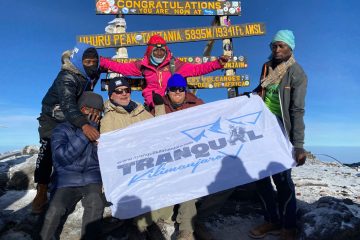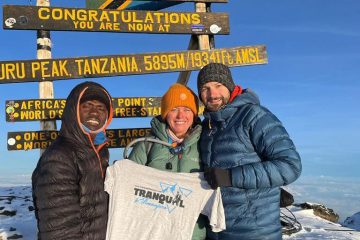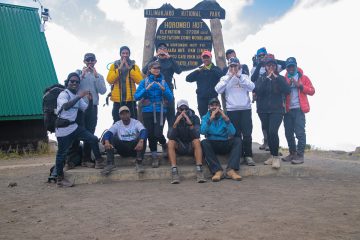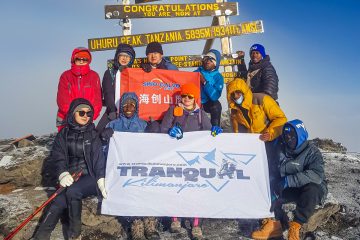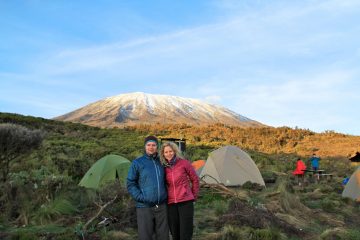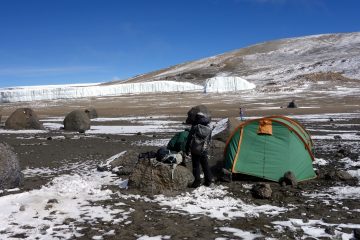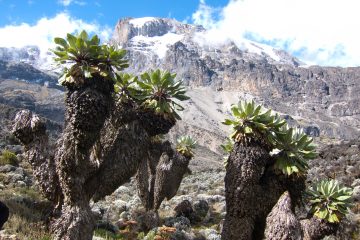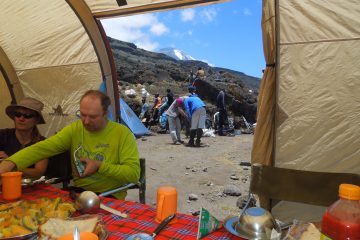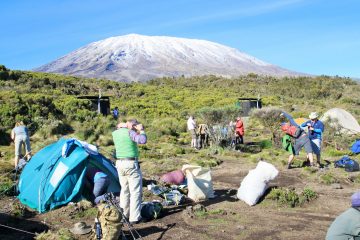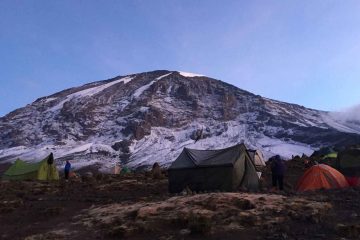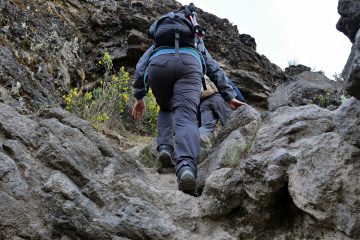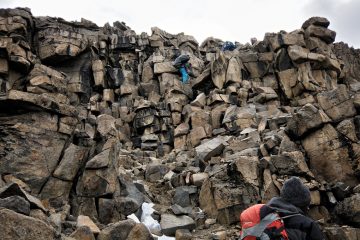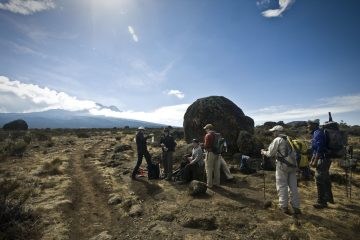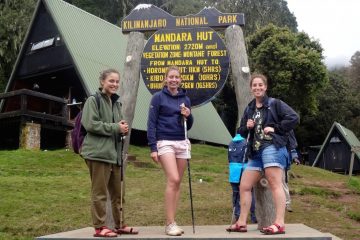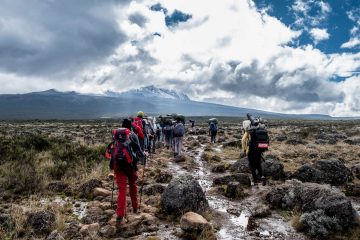Should you tip porters and guides on Kilimanjaro?
Tipping on Mount Kilimanjaro does not have a clear-cut and straightforward answer, it is a way of generosity that does not necessarily have a price tag on it even though there is a recommended amount for the different roles played by your mountain crew.
However, it is standard procedure for mountain climbers to give out tips, which is not part of your climbing package.
When should you give out tip money?
Since time immemorial, tips are usually given after the overall climb on Mount Kilimanjaro, as a way of thanking your crew for being with you and taking care of you during the thick and thin of your adventure.
Is it a must to give out tips
You are not forced to give out tips as such but courtesy calls that to reciprocate the hard work put in by your crew and bond that you have created over the course of your trekking journey, a tip is like a bonus reward given to the porters and mountain crew for giving you attentive service for the crew that earns an honest living out of putting in the hard work and dedication to see you through your goal of climbing the mountain and also to give your crew the morale boost despite the poor wages they receive. In short, it is obligatory rather than mandatory. In other words, it is like a tradition borrowed from the American spirit.
How much money should you give out as tips on Kilimanjaro?
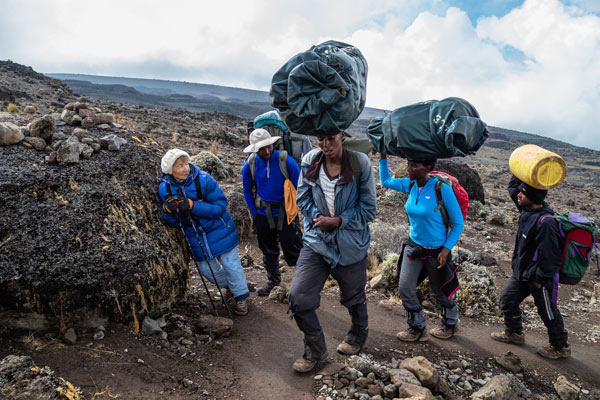 Even though there is no limitation on how much you should give as tips, it should always come from your heart, from within and how much you appreciate, there is a guideline as to how much should be the average, recommended amount of money to tip.
Even though there is no limitation on how much you should give as tips, it should always come from your heart, from within and how much you appreciate, there is a guideline as to how much should be the average, recommended amount of money to tip.
One way of tipping that most climbers use is to contribute at least 10% of your total trip cost towards tipping. If for example, you paid US$2000 for your climb, you should contribute 10% of the $2000 which comes to around US$200 into the tipping kitty. (If there are only one or two of you, it would be better to pay slightly more than 10%. So that it can be worth something enough to thank your mountain crew)
Another method that is currently put in practice is where each member of the mountain crew receives a set amount, from US$20 to each of the porters to US$40-50 to the assistant guides, and US$60-70 to the guides; or a per diem amount such as US$5 per porter per day, US$7 for the assistant guide, US$10 for the guide and so on. These are just examples to give you a picture of how tipping is conducted, but you have the freedom to use your own way of showing your gratitude.
So a rough guide to tipping guides and porters for your entire mount Kilimanjaro climb would be:
- US$20 to each of the porters
- US$40-50 to the assistant guides
- US$60-70 to the guides
Or if you are tipping guides and porters by the day:
- US$5 per porter
- US$7 for the assistant guide
- US$10 for the guide
For transparency among the mountain crew, it is advisable to collect all your tip and hand them individually to the deserving crew members rather than putting someone in charge of distributing the tips.
The Tipping Ceremony
The tipping ceremony marks the end of every Kilimanjaro climb and is a significant tradition filled with singing and dancing. It’s a heartwarming moment of unity and camaraderie among the group before everyone departs on their separate paths. During this ceremony, trekkers have the opportunity to express their gratitude and appreciation to the different crew members who have been pillars of strength throughout the challenging expedition.
While tipping is not compulsory, it is a gesture that trekkers willingly participate in. The crew’s dedication and support during the climb create a desire in trekkers to show their thanks through tipping. It’s a heartfelt way to recognize the hard work and commitment of the mountain crew.
Tipping is also an important source of income for the crew. Although reputable tour operators provide fair wages, tips serve as valuable supplementary income for the crew members. Foreign currencies, especially the US dollar, can have a significant impact in Tanzania.
When determining how much to tip, the decision is entirely at the discretion of each trekker. While there are no strict guidelines, to offer some guidance, it is recommended to budget around $250 to $300 for tips covering all members of the mountain crew. For more details on tipping on Kilimanjaro, you can refer to the guidelines set by the Kilimanjaro Porters Assistance Project (KPAP) and read further explanations in dedicated posts on the topic. Ultimately, the tipping ceremony is a cherished moment to show appreciation and support to the hardworking crew who made the Kilimanjaro climb a memorable and successful experience.


